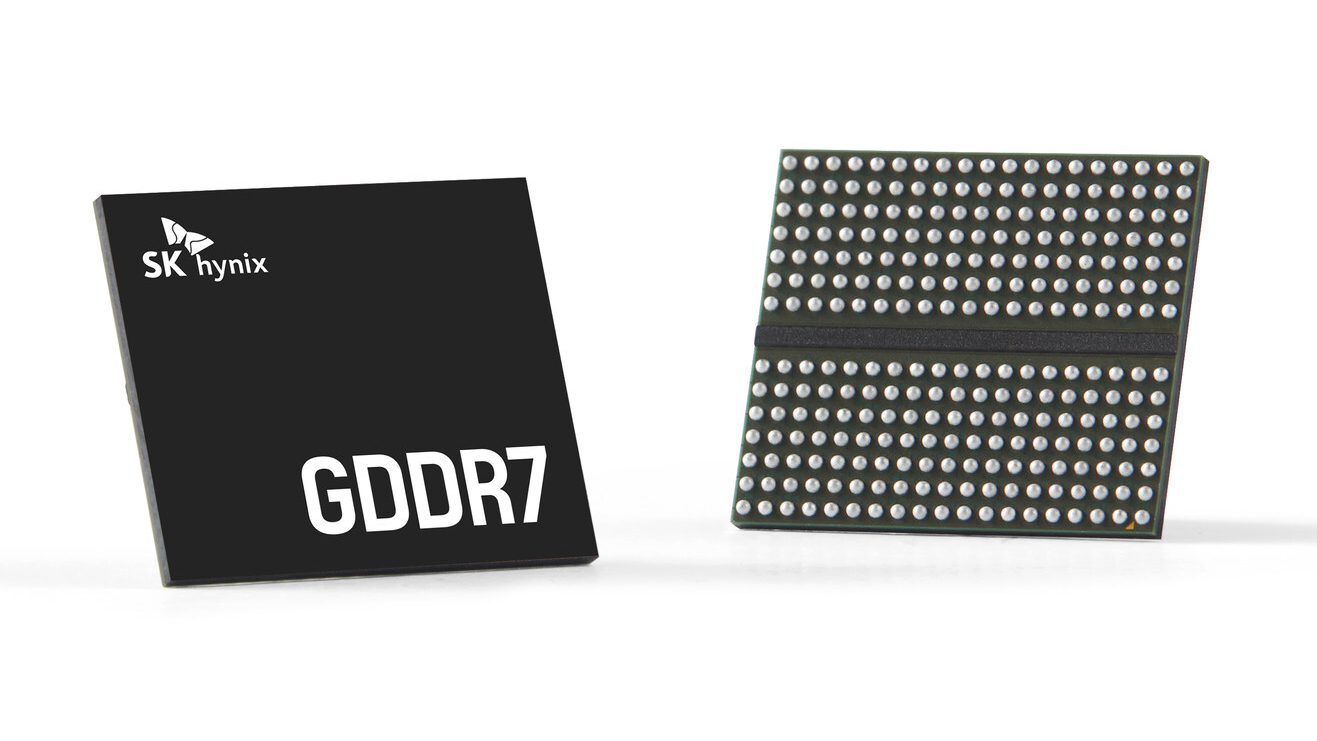
Nvidia's GeForce RTX 50 series (codenamed Blackwell) is known for being among the best graphics cards on the market, utilizing Samsung's GDDR7 memory chips. However, reliable hardware leaker MEGAsizeGPU reports that Nvidia has allegedly begun sourcing GDDR7 from SK hynix as an alternative supplier.
As per information from the leaker, Nvidia has only recently begun using SK hynix GDDR7 chips in its Blackwell gaming graphics cards. Until now, the company has relied on Samsung GDDR7 products. Reportedly, this change started with the launch of the GeForce RTX 5070, which hit the retail market last month. MEGAsizeGPU didn't mention anything about Nvidia abandoning Samsung GDDR7 chips, so it's reasonable to assume that both Samsung and SK hynix GDDR7 will coexist.
It's not uncommon for manufacturers to change some of their products' ingredients during their life cycle or find additional suppliers. SSD vendors often do it, interchanging SSD controllers or NAND brands that may differ from earlier product launches. These changes sometimes occur due to the raw material availability, but more commonly, they're motivated by better pricing from alternative suppliers. In Nvidia's situation, it's plausible that the chipmaker could have secured a more favorable arrangement with SK hynix.
Nvidia has introduced the GeForce RTX 5090, GeForce RTX 5090D, GeForce RTX 5080, GeForce RTX 5070 Ti, and GeForce RTX 5070. The Blackwell graphics cards have 28 Gbps GDDR7 chips, except the GeForce RTX 5080, which features the faster 30 Gbps variant. The GeForce RTX 5060 Ti and GeForce RTX 5060 are en route and rumored to use 28 Gbps GDDR7. SK hynix's GDDR7 products scale up to 32 Gbps and may even hit 40 Gbps under certain conditions, so SK hynix can comfortably fulfill Nvidia's orders.
Nvidia GeForce RTX 50-series Graphics Card Memory Configurations
The Blackwell board designs are compatible with GDDR7 memory from Micron, Samsung, and SK hynix, giving Nvidia complete freedom to choose the supplier that offers the best deal. Although Samsung was the preferred option for the initial launch of Blackwell, it seems that SK hynix has recently caught Nvidia's attention. Nvidia's mainstream Blackwell graphics cards are the only products utilizing GDDR7 memory. In contrast, AMD opted to continue with GDDR6 for its RDNA 4 architecture, positioning Nvidia as the biggest customer for GDDR7 chips for this generation.
Will adding SK hynix GDDR7 as another option benefit consumers? Probably not. Even if Nvidia secures GDDR7 at lower prices, those savings are unlikely to reach consumers. It's doubtful Nvidia will reduce the cost of Blackwell graphics cards since they're selling like hotcakes with current pricing. Considering the current tariff situation, price decreases are even less probable.
From a performance perspective, the choice between SK hynix and Samsung in Blackwell is insignificant. The change in manufacturer won't substantially impact Blackwell's performance or enable Nvidia to give away free performance at no cost. Nonetheless, since not all GDDR7 modules are identical, variations in operation and overclocking potential might exist.
For instance, GDDR7 from one manufacturer might operate at a higher temperature or have greater power consumption than that of a competitor. Alternatively, one brand might possess higher overclocking headroom compared to another. Nevertheless, these questions can only be resolved by comparing Samsung GDDR7 and SK hynix GDDR7 on an identical graphics card. Considering the latest rumor, it shouldn't be long before SK hynix variants arrive on the market.







